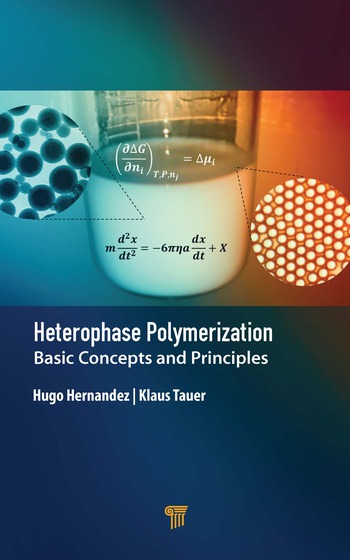Dr. Dave
QUESTION: I am somewhat confused by the terms thermoplastic and thermoset as they concern adhesives. Can you explain the difference?
ANSWER: Adhesives can be classified in several ways, including their material origin (natural or synthetic) or their type of cure (physical or chemical). The terms thermoset, thermoplastic, structural or non-structural are also used in the industry.The term "thermoset" historically meant adhesives that cured, or "set," on heating. The oldest types of this adhesive are the so-called PF, UF and MF resins (phenol formaldehyde, urea formaldehyde and melamine formaldehyde, respectively), which are commonly used to make plywood and are cured using heat and pressure. However, many thermoset adhesives cure at room temperature (e.g., two-part epoxies, moisture-curing polyurethanes, anaerobics and reactive acrylics). What thermosetting really means today is that the polymer chains are chemically crosslinked and do not soften on heating after curing. This makes them very suitable for structural applications where they have to support heavy loads. In contrast, thermoplastic adhesives like polyvinyl acetate (white glue), cyanoacrylates or hot melts also tend to "creep" over time when loaded. In general, thermoset adhesives have better thermal, fluid and environmental resistance than thermoplastics.
QUESTION: We want to market a water-based consumer adhesive to bond various lightweight materials, particularly paper materials. However, we want the adhesive to be totally clear, not white like the PVA adhesives typically sold in this market. What technology would you recommend?
ANSWER: There are several possible adhesive technologies that you might consider, but I would recommend formulating an adhesive based on polyvinyl alcohol. Polyvinyl alcohol is a polymer that is made by the controlled hydrolysis of polyvinyl acetate and is available in several grades, differing in molecular weight and degree of hydrolysis. It is a totally water-soluble polymer, although the typical manufacturing procedure is to disperse it in cold water and then heat to about 90°C. Its solution in water is totally clear and provides adhesives with high wet-tack and paper-tearing bonds. The only negative over conventional white glues is a slightly higher cost and some sensitivity to moisture and water, although this is not usually a serious issue for most applications.Looking for a reprint of this article?
From high-res PDFs to custom plaques, order your copy today!








